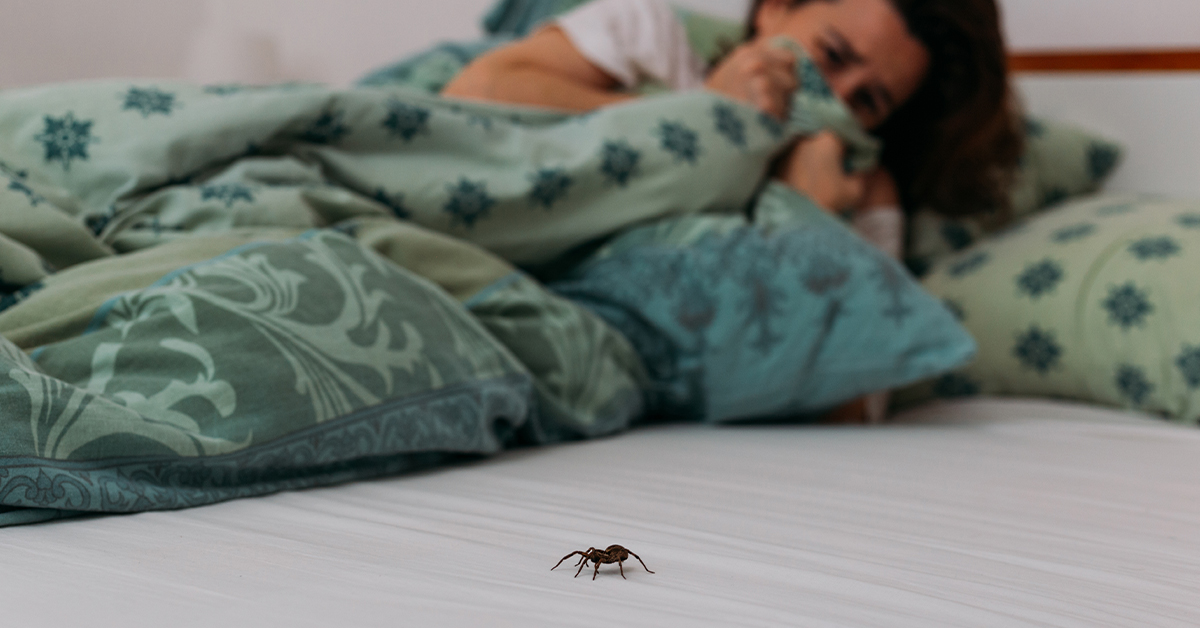For some people, encountering a spider provokes a visceral reaction. They experience sweating, shaking, rapid heartbeat, dizziness, lightheadedness, and other symptoms similar to a panic attack. They may misjudge the situation, perceiving a spider as closer or larger than it actually is… thereby magnifying the fear response and creating a feedback loop of terror.
The mere thought or mention of spiders can trigger the response, as can seeing spider webs. In the future, they may even alter their behavior to avoid places they think spiders might be lurking. This reaction to spiders goes beyond fear; it’s full-blown arachnophobia.
How Common Is Arachnophobia?
Arachnophobia, an intense and irrational fear of spiders, is one of the country’s most common phobias. An estimated 5% of the population suffers from it, with up to a third of Americans reporting an elevated fear of spiders. More women than men experience this condition, and even people in countries with no dangerous spider species may develop arachnophobia.
What Causes the Fear of Spiders?
There are many theories about what causes an individual to develop arachnophobia. Perhaps they had a prior traumatic spider-related experience.
Family history may play a role as well. If a child is exposed to a strong parental fear of spiders, they are more likely to develop arachnophobia. People who develop phobias, in general, may have a family history of anxiety disorders. It is possible that arachnophobia may have multiple causes interacting with each other, reinforced by negative cultural images of spiders.
Is Arachnophobia Genetic?
Some researchers have posited that arachnophobia may be encoded in our DNA. Humans have evolved to be prepared for potential threats from an early age – including those posed by venomous spiders.
One study found that infants as young as six months have a fear response to images of spiders… as opposed to more benign images of flowers or birds. This suggests that fear of spiders may be hardwired in the human brain, but the science is still evolving.
Fear does not equal phobia though so (while our genes may predispose us to giving spiders a wide berth), it doesn’t fully explain how a full-blown phobia develops. There is additional research that some people have a hereditary genetic mutation that causes a predisposition to phobias in general.
Twin Forks Pest Control® Is Eastern Long Island’s Spider Control Expert
There are several types of venomous spiders one might find on Long Island. Black widow, brown recluse, and yellow sac encounters aren’t common here – but they do happen. Learn how to identify these spiders and take care to avoid being bitten.
If you suspect you have potentially dangerous spiders in your home or on your property, Twin Forks Pest Control® is Eastern Long Island’s spider identification and removal expert. Call us today for a free estimate.

